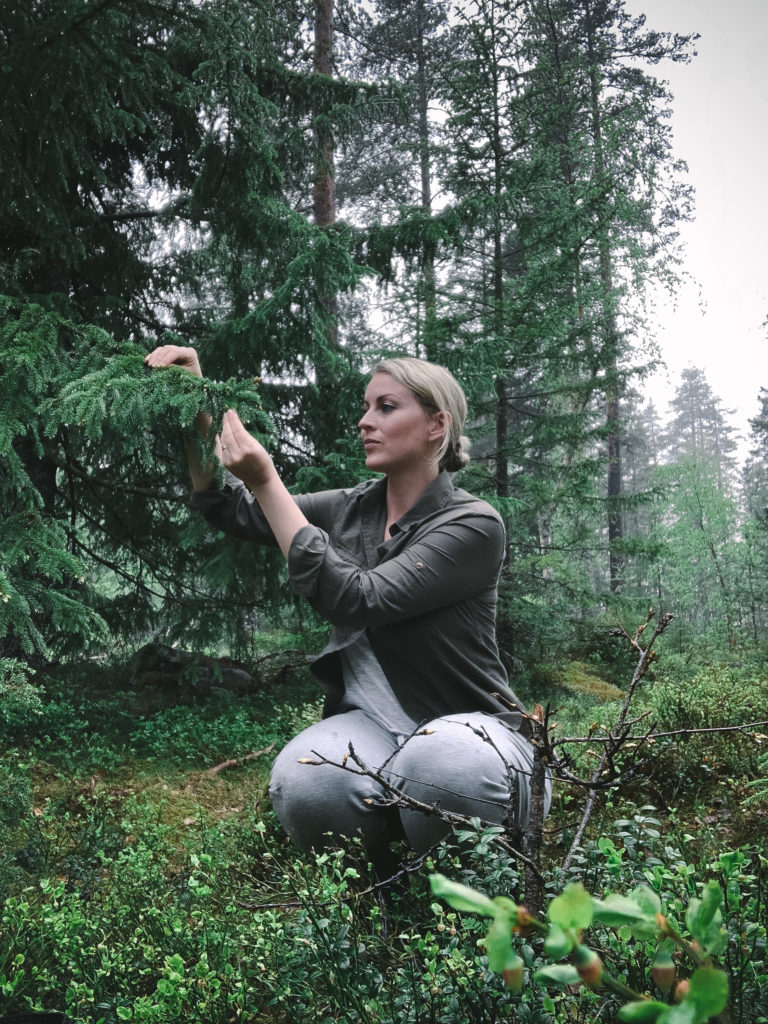
Foraging for our food is one of life’s great pleasures. There is something romantic about eating what nature provides, especially when you’ve never given it such a thought before. When we take the time to look a bit closer, we discover. What may have seemed like an obtrusive bed of weeds – or perhaps an overly lush landscape – becomes an array of edibles, full of vitamins, minerals and nutrients that our bodies need. Understanding what’s accessible right in front of us is powerful. It opens the doors to endless culinary adventures and incredible taste profiles from sour apple sorrel and earthy nettles to lemony spruce tips and sweet dandelion petals.
In our current situation, it’s even more apparent that having a sustainable food system is a step in the right direction. After all, wild edibles are free, delicious and nutritious. If you’re just starting out, below are some great wild edibles to help you get your bearings while foraging in the spring. If you’re accustomed to foraging, I hope you’ll find inspiration with the accompanying recipes you can find here on the site and from my North Wild Kitchen and Norwegian Baking Through the Seasons cookbooks.
PLEASE NOTE: I touch briefly on some of the more common edibles foraged in Norway in the springtime that are easily recognized and accessible. With any foraging expedition, it is extremely important to be one hundred percent sure that what you are picking is indeed fit for consumption and not dangerous. Some edibles, such as wild garlic, can look like poisonous variations, so always seek out the help of local experts and take caution. Each wild edible provides a myriad of health benefits, but they may not be beneficial for those with certain conditions, allergies and who are pregnant, nursing, or taking medications. As always, moderation is key when consuming anything. Happy spring foraging!
Stinging Nettles
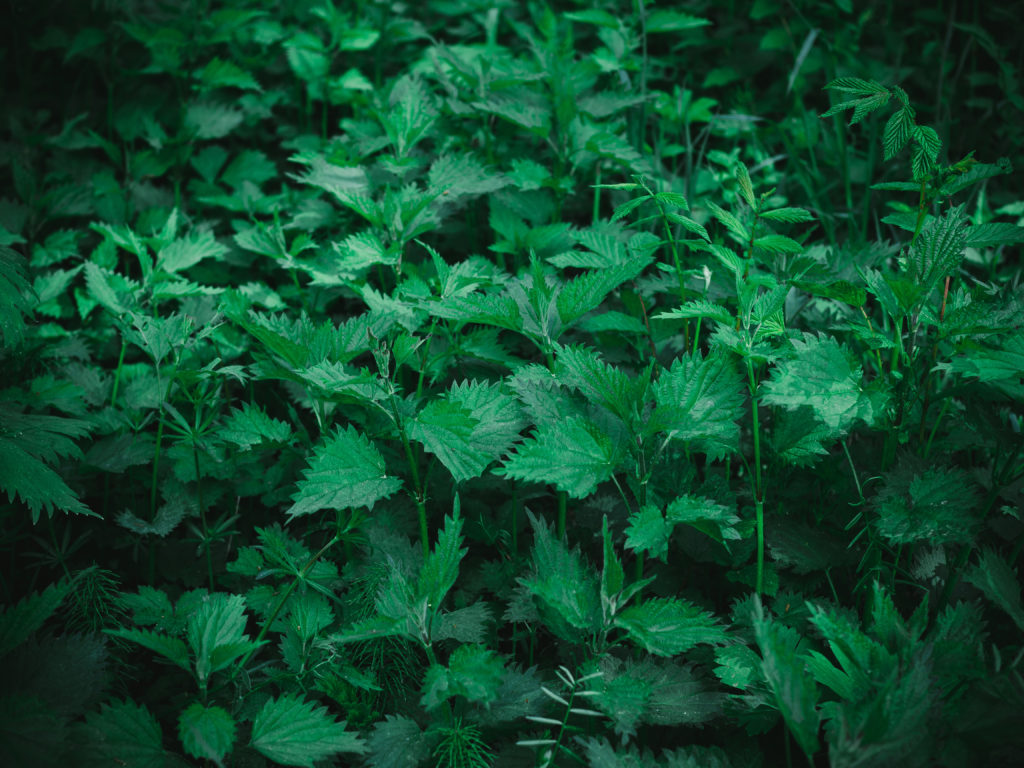
- Latin name: Urtica dioica
- Norwegian name: Brennesle (stornesle og smånesle)
- Season: Spring to autumn
Why they’re good for you: They’re chock-full of protein and vitamins and minerals, such as vitamins A, C, K and several B vitamins, calcium, potassium, and iron.
What you can use them for: Think of nettles like spinach, you can use them in a variety of dishes and for flavoring sauces, marinades and dressings. You can also use them for desserts and for making drinks such as tea, smoothies, and beer.
Tips: Nettles are best when tender, so pick them in the spring when they are just coming up or as they pop up throughout the summer and autumn seasons before they blossom. Always use gloves when collecting nettles so you don’t get stung and do not eat them raw. Be sure to cook or dry them to destroy the sting.
Storage: Rinse nettles before use. Dry nettles on a tray or by tying the stems into bundles and hanging them upside down in cool place outside of any sunlight until they have wilted. Once wilted, they will lose their sting and you can remove the leaves from the stems. Refrigerate fresh leaves in a bag for 4 to 5 days or freeze for use throughout the year.
Recipe Inspiration:
*From the North Wild Kitchen Cookbook: Mini Nettle Pavlovas (Brenneslepavlova) AND Nettle and Honey Cake (Brenneslekake)
*From the Norwegian Baking Through the Seasons Cookbook: Cream Wild Flabtreads with Nettles AND Nettle Milk Almond Tart
Spruce Tips
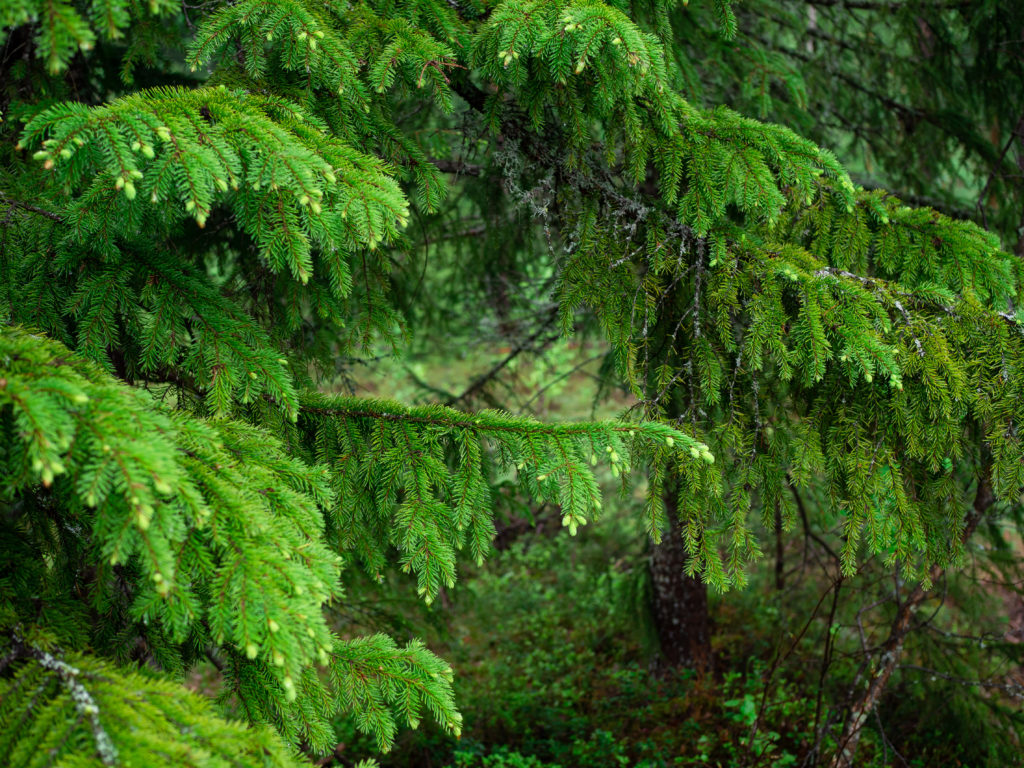
- Latin name: Picea (picea abies – Norway spruce)
- Norwegian name: Granskudd
- Season: Spring
Why they’re good for you: They are rich in vitamin C, a wonderful welcome after a long winter.
What you can use them for: With a little imagination, they can be used for both sweet and savory dishes. They are commonly used for pickling, infusions and making syrup and jelly.
Tips: Different spruce species present a slightly different taste profile, so taste around to find the ones you like best. The best tips are usually the young ones. When picking, ensure to only pick from mature trees and be mindful of how many you pick and where. Once you remove a tip, the growth for that particular branch will no longer grow outward from that point.
Storage: They freeze well and can be used throughout the year. If refrigerating, it’s suggested to keep a damp paper towel inside the bag to keep them from drying out.
Recipe Inspiration:
*From the North Wild Kitchen Cookbook: Beer-Battered Spruce Tips with Syrup (Granskudd fritert i øl med granskuddsirup) AND Oatmeal with Raw Spruce Tip Granola and Blackberries (Havregrøt med granskuddgranola og bjørnbær)
*From the Norwegian Baking Through the Seasons Cookbook: Spelt and Sour Cream Waffles with Spruce Tip Syrup
Common Sorrel
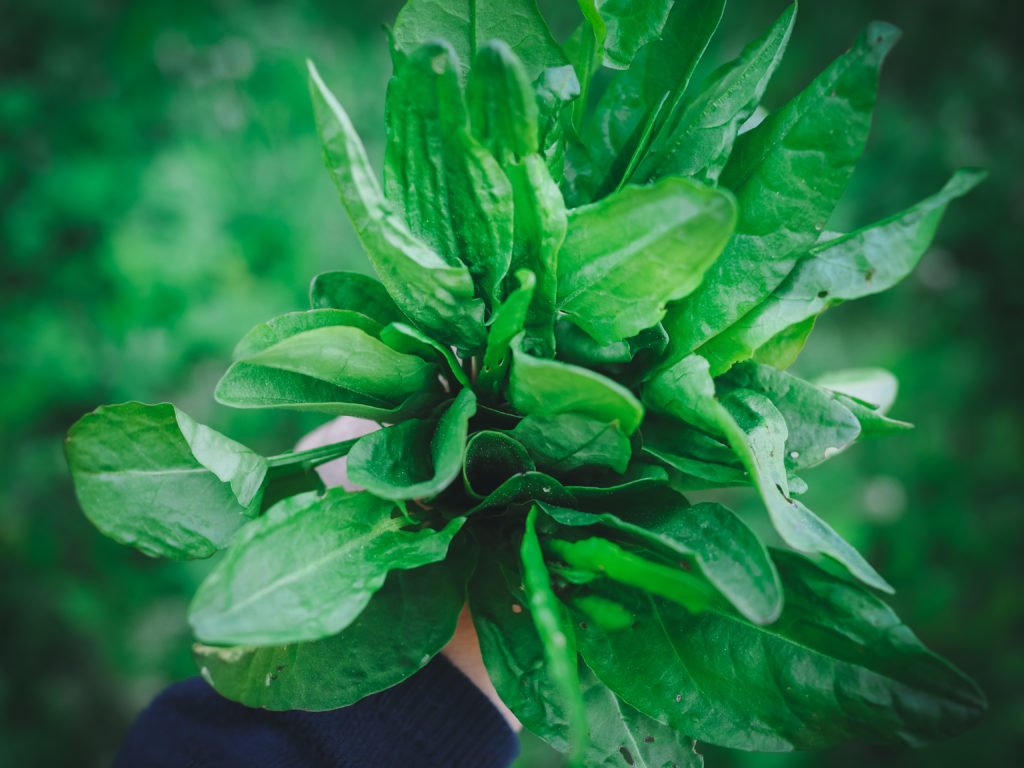
- Latin name: Rumex acetosa
- Norwegian name: Engsyre
- Season: Spring and summer
Why they’re good for you: Sorrel contains a lot of vitamin C, and has oxalic acid which gives it that citric taste (same as rhubarb). It’s important not to indulge in too much sorrel at any given time, because of the high amount of oxalic acid. But a few leaves here and there really do turn a dish into something special.
What you can use them for: Sorrel has a sour – similar to green apple – flavor making it delightful when raw in salads, used for infusions, and mixed into dressings and vinegars.
Tips: You can forage your own, but you might also find sorrel available for purchase at farmer’s markets and local grocery stores when in season.
Storage: The leaves will last longer washed and pressed between damp paper towels in a plastic container in the fridge for up to 2 weeks. You can also dry sorrel to use as an herb, but it will lose some flavor.
Recipe Inspiration:
*From the North Wild Kitchen Cookbook: Creamy Sorrel Potato Salad (Potetsalat med engsyre)
Dandelion
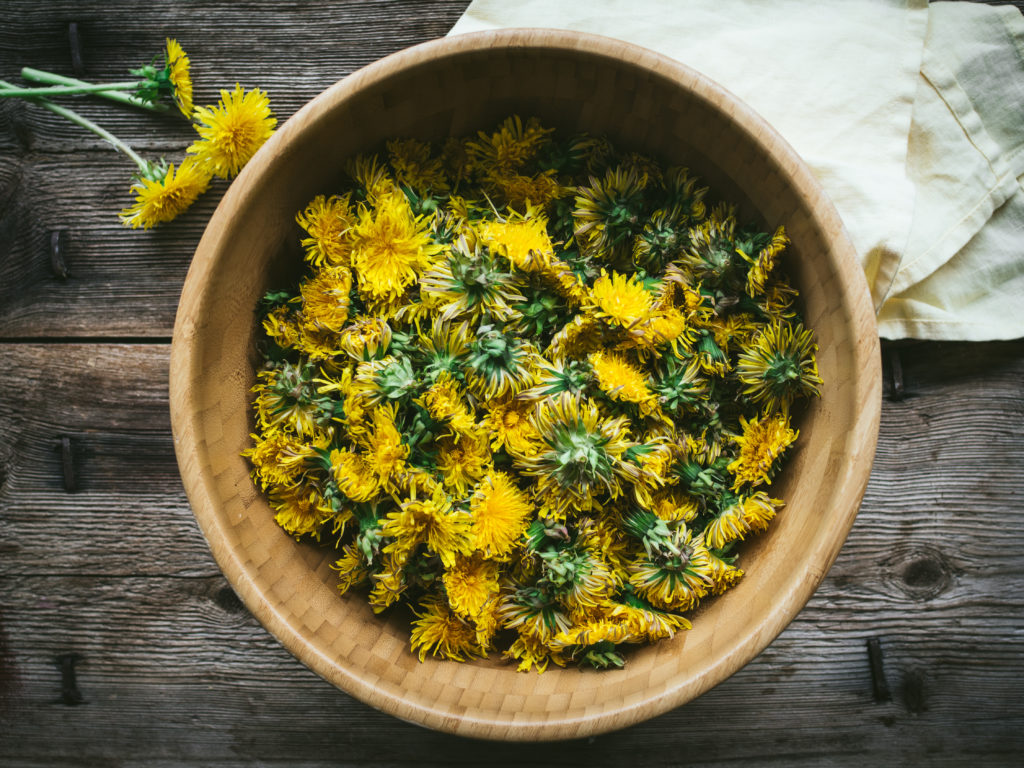
- Latin name: Taraxacum officinale
- Norwegian name: Løvetann
- Season: Spring to Autumn
Why they’re good for you: Dandelions are highly nutritious and rich in antioxidants. They contain fiber, vitamins A, B, C, K and E and minerals such as iron, zinc, boron, and calcium. They remove toxins from the body, boost the immune system, support healthy digestion and loads more. Truly a superfood.
What you can use them for: Every part of the dandelion is edible. Young leaves are delightful in salads, the roots can be used in making a tincture as well as coffee and tea. Blossoms are lovely for tea and honey, and the petals can be added to baked goods. Even the unopened buds can be turned into capers. I’m only scratching the surface here though, as there are hundreds of wonderful recipes. You can also use it to make salves, soaps and the like.
Tips: Only pick dandelions that are in a clean area, meaning no pesticides and herbicides or where animals visit regularly, and not alongside a road.
Storage: Before using and storing, rinse and dry your dandelions. For young leaves, store them in an open plastic bag with a loose damp paper towel. They should keep in the refrigerator for a couple of days. For freezing, you can use parts of the dandelion or keep whole. They are best used within 6 months. You can also dry the root for use later on.
Recipe Inspiration:
*From the Norwegian Baking Through the Seasons Cookbook: Dandelion Petal Honey Shortbreads
Fireweed/Rosebay Willowherb:
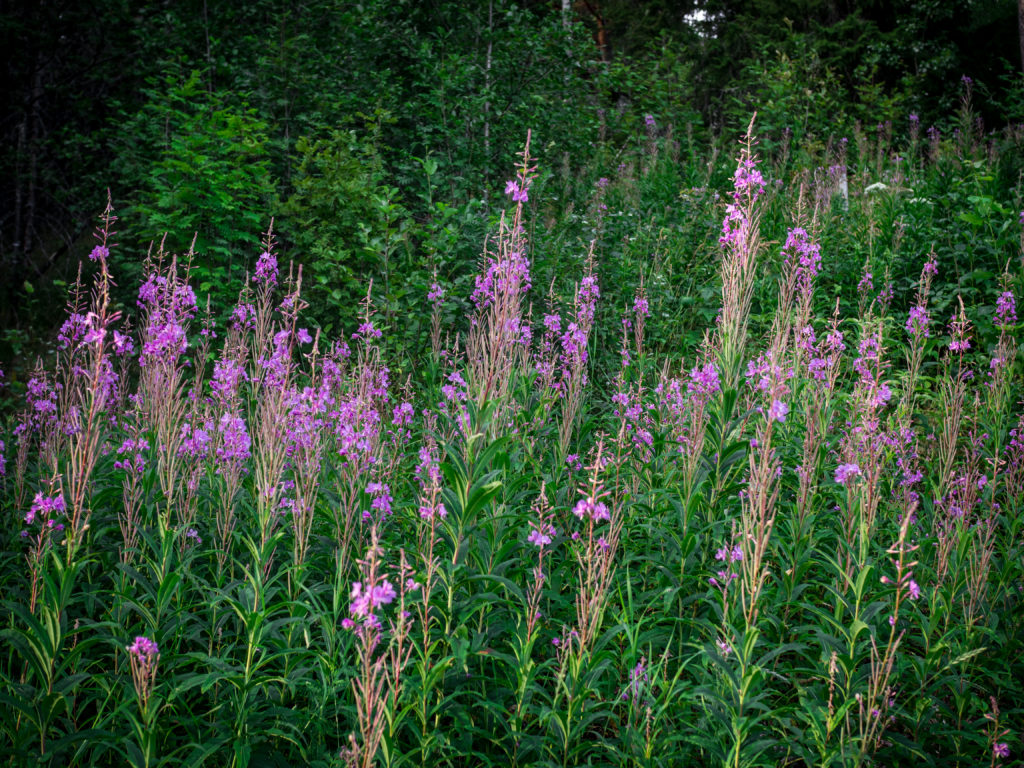
- Latin name: Chamaenerion angustifolium
- Norwegian name: Geitrams
- Season: Spring and summer
Why they’re good for you: The plant has long been used for culinary and medicinal purposes. Traditionally, in Norway, the blades were used to make tea for ailments and placed on the back to soothe pain. In folk medicine, the root of the fireweed was cooked with sour cream and oat flour to make a porridge used for gout and external wounds. The plant is a good source of vitamin C and vitamin A.
What you can use them for: The entire plant is edible. In the springtime, the young stalks can be used as you would with asparagus. The blades can be dried and used to make tea. The fresh blossoms can be used to make juice, jelly, syrup and you can add them to baked goods and salads as edible garnishes.
Tips: As the season lingers, the leaves will become tougher, so harvest and eat them in the early spring. The blossoms will bloom into the late summer and it’s best to select young, undamaged ones for use in recipes.
Storage: Wash all the parts you plan on using and air dry before use. You can store fireweed as you would any other salad green in the refrigerator. To dry the leaves and blossoms, lay them out in a single layer for a few days before storing in a sealed container.
Recipe Inspiration:
*From the Norwegian Baking Through the Seasons Cookbook: Fireweed Collar Cookies (snipp med geitrams)
Wild Garlic
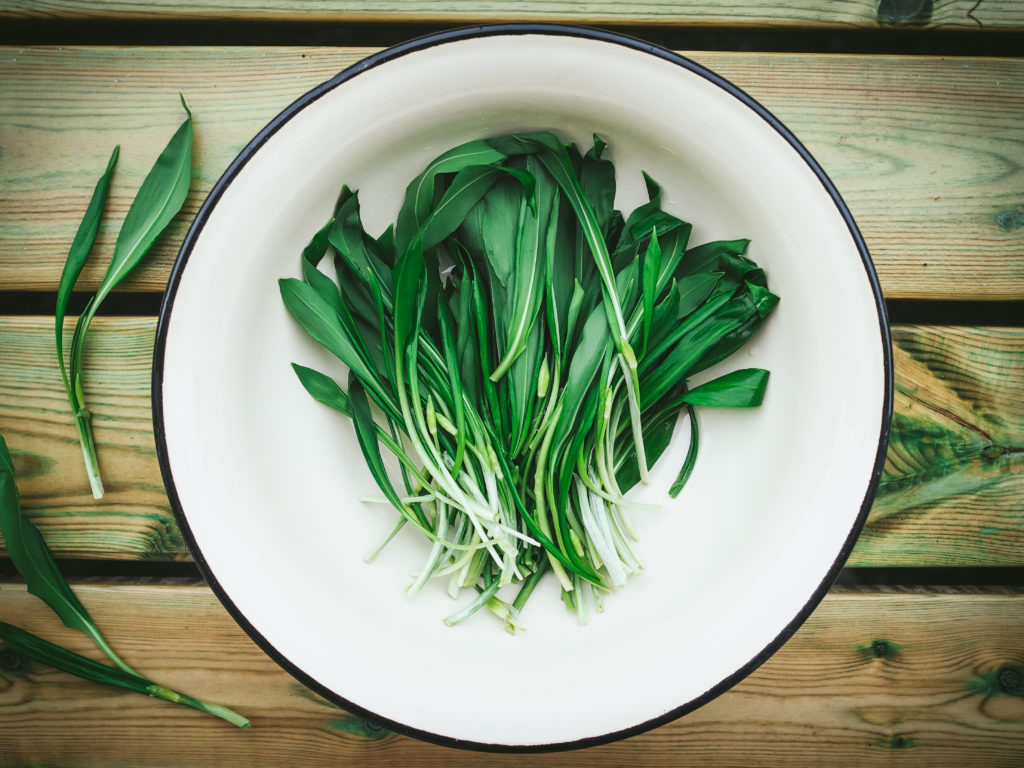
- Latin name: Allium ursinum
- Norwegian name: Ramsløk
- Season: Spring
Why they’re good for you: Wild garlic is known for being anti-inflammatory, antiseptic, anti-fungal, antimicrobial and antioxidant. Wild garlic has been regarded as being effective in reducing blood pressure.
What you can use them for: All parts of the plant are edible. The leaves can be eaten raw or cooked and are wonderful in any dish you wish to add an extra garlicky flavor to. Think pesto, sauces, salads, cheese, marinades, butter, oils, and more. It goes wonderful with vegetables, fish and meat.
Tips: Wild garlic resembles lily of the valley, which are poisonous. To tell the difference, pick a leaf and gently squeeze it, then smell it—it will smell garlicky. One rub of the leaves will identify which it is to help avoid any confusion.
Storage: You can store in an airtight container in the refrigerator for a day or two or in a glass of water for about 1 week. To freeze, simply wash and dry and place in a freezer bag and freeze.
Recipe Inspiration:
*From the North Wild Kitchen Cookbook: Wild Garlic Soup
*From the Norwegian Baking Through the Seasons Cookbook: Cream Wild Flatbreads with Wild Garlic Sauce
-Foraging resources in Norway: Norges Sopp- og Nyttevekstforbund; and Artsdatabanken.
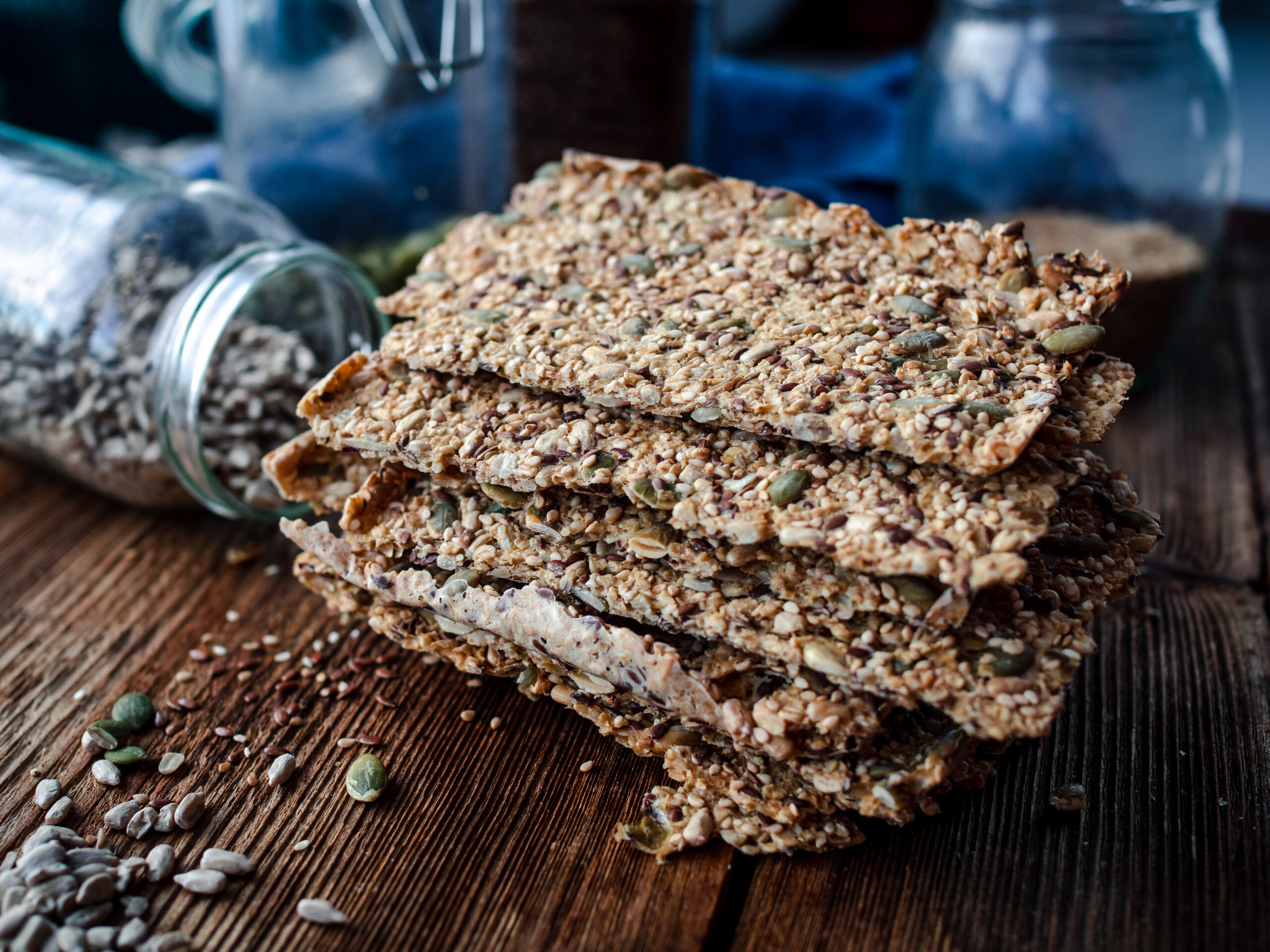

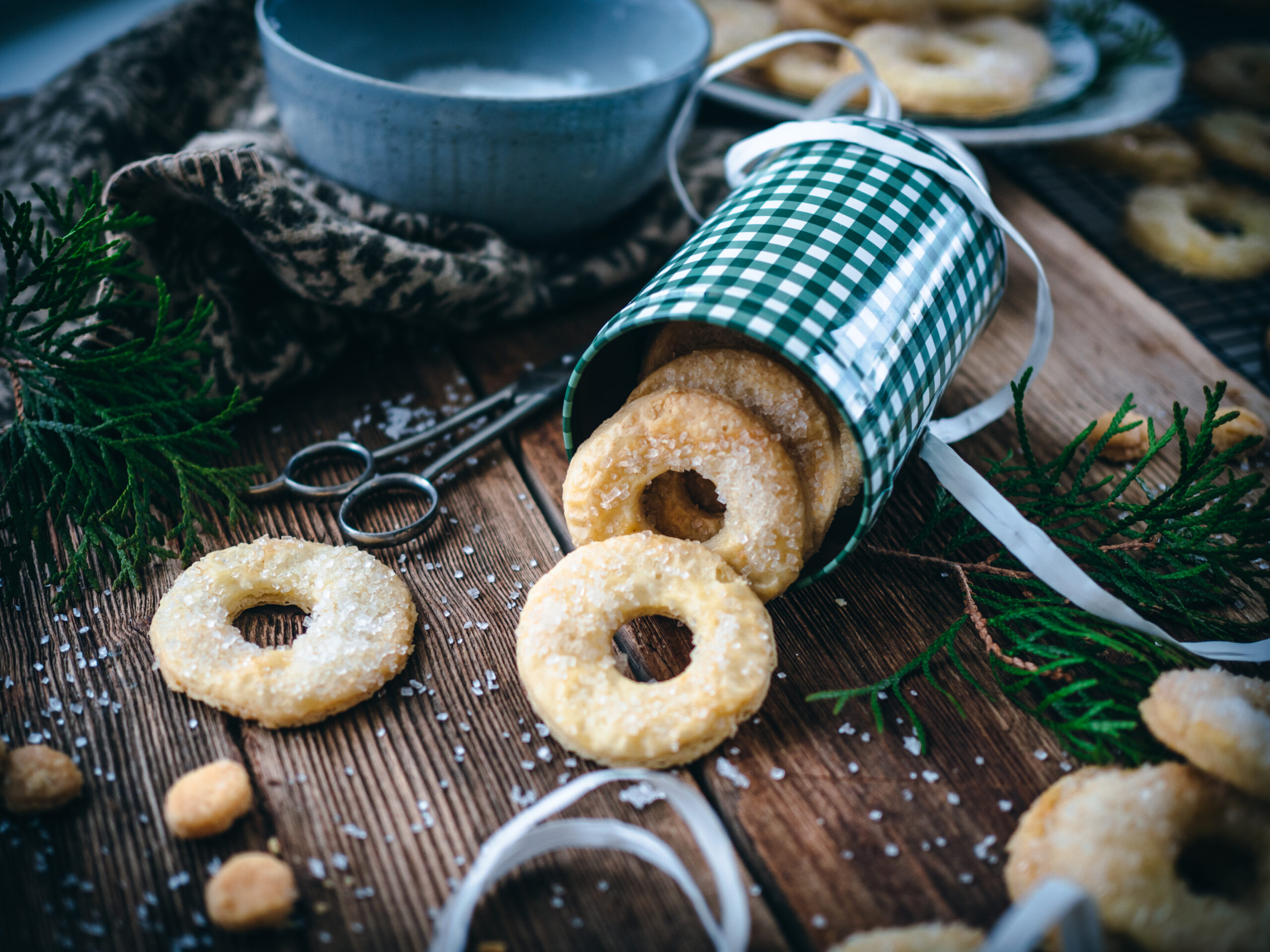
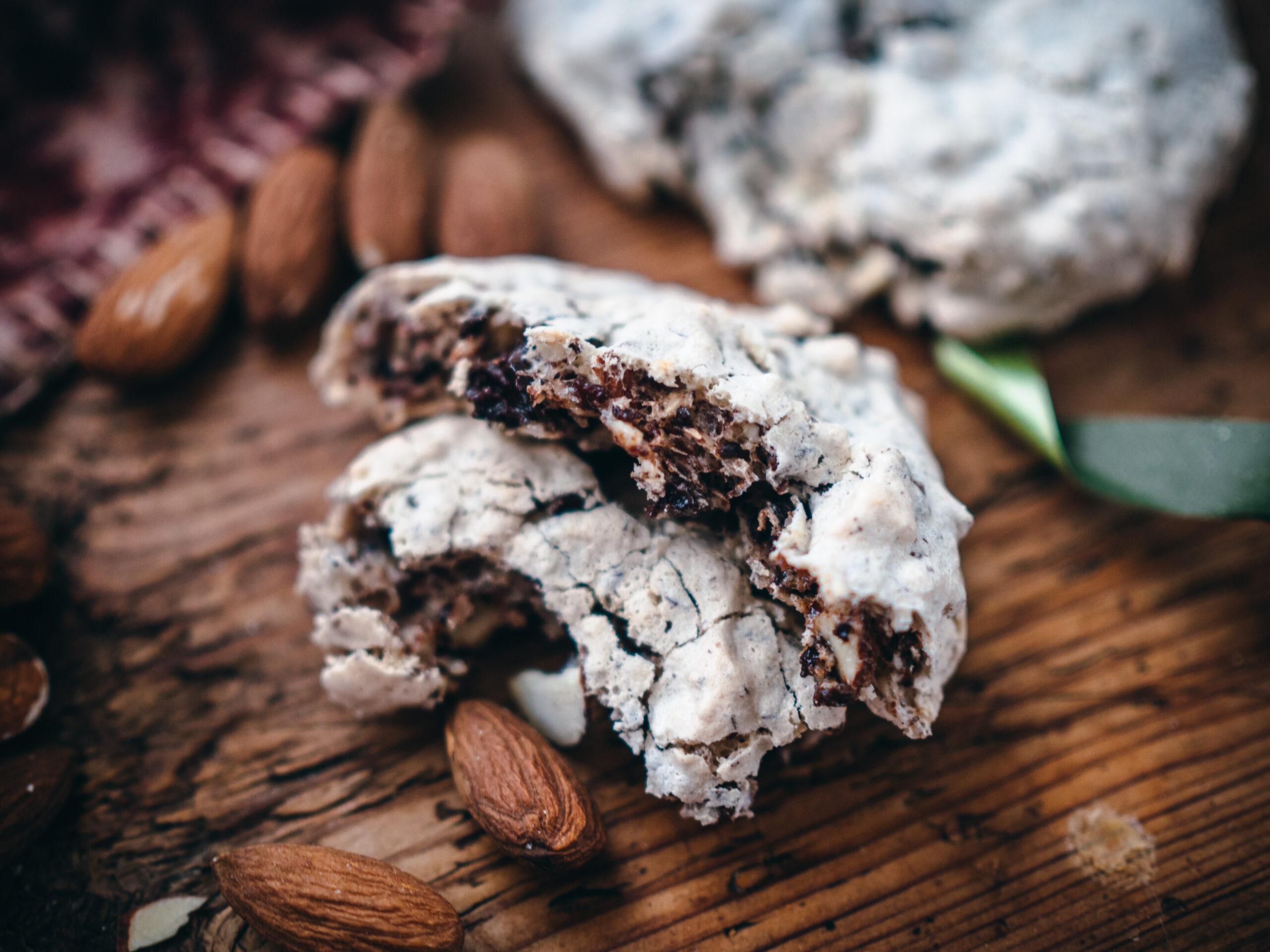
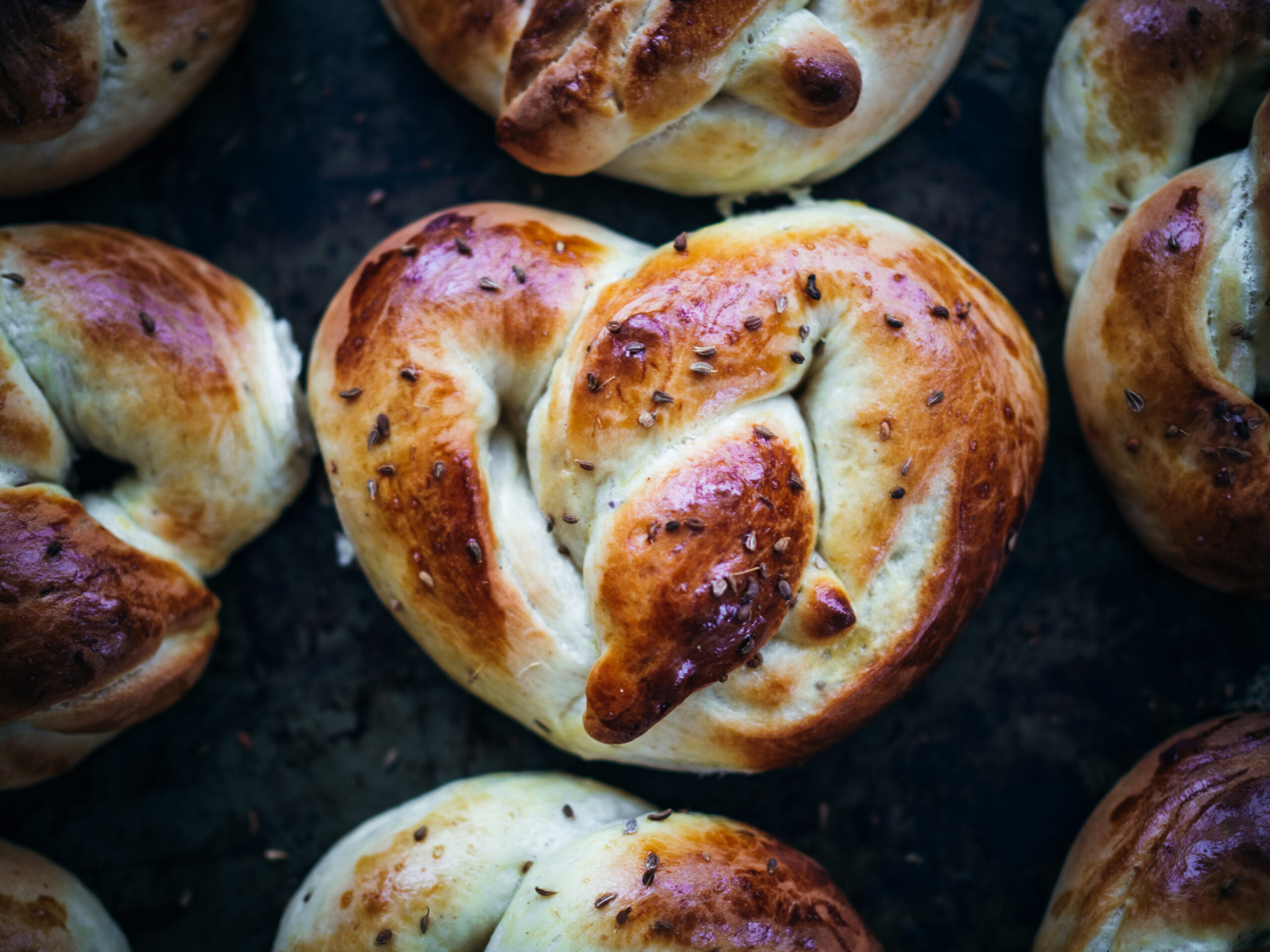

These plants are so benefits to optimum health. I really enjoy reading and learning about this. Takk.